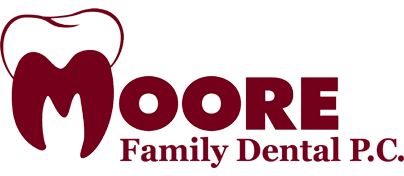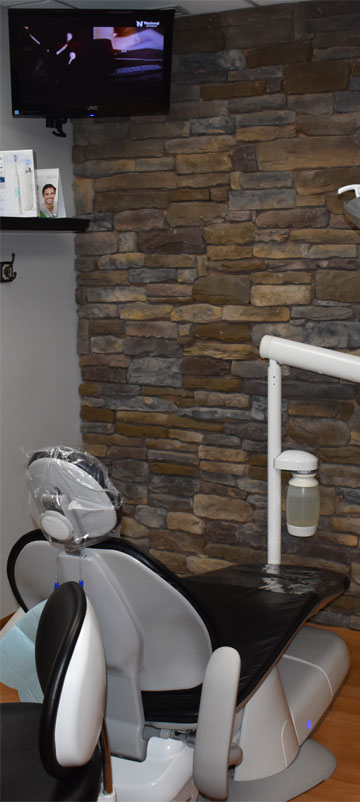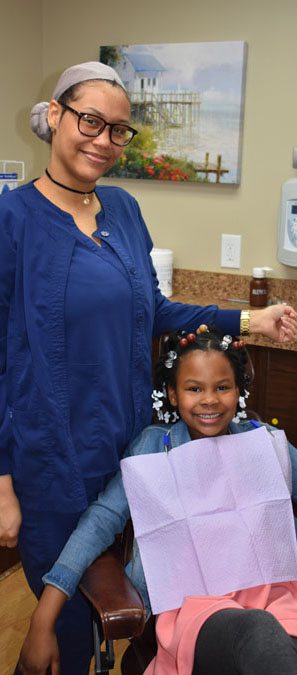 As parents, it’s not only our job to remind children to brush their teeth, but also to make sure they’re doing it correctly. How much assistance do children really need, though? That part can be tough, especially if they’re starting to become independent. Here are some general guidelines to help you.
As parents, it’s not only our job to remind children to brush their teeth, but also to make sure they’re doing it correctly. How much assistance do children really need, though? That part can be tough, especially if they’re starting to become independent. Here are some general guidelines to help you.
Infancy
You can – and should – brush your child’s gums before the teeth actually erupt. Look for a small soft baby toothbrush and gently brush your child’s gums with water. This will help your infant get used to the process before the teeth come in.
Toddler
Your toddler’s desire for independence may clash with your desire for your child to have clean, healthy teeth, so this one can be tricky. The first step is to set a great example: let your toddler see you brushing and flossing. Next, allow your little one to brush, but make sure you have a chance to supplement that brushing with some of your own. One trick is to stand next to your child and brush together, then you take turns brushing each other’s teeth. This way, you are cleaning your child’s teeth, but increasing feelings of independence at the same time. It’s a good idea to introduce floss to your child at this point, as well.
Preschooler
Children of this age still need help with brushing, so continue allowing your child to brush, but make sure you still take a turn with the toothbrush, as well. Reinforce the fact that brushing takes a few minutes. Don’t forget about flossing; if you help your child floss every day, you’ll be creating a positive lifetime habit.
School-age child
Children may still require assistance with brushing until around age eight. You know your child best, so use your judgment. If you have a very conscientious brusher and flosser, you may decide to grant a little more independence in this area. If you do, make sure you continue to monitor the situation. Give refresher courses as necessary and make sure you continue to set an excellent example in this regard.
Did a dentist or dental hygienist ever visit your school when you were a child? If so, do you remember the tablets that stained your teeth to show where plaque was still present? They’re a great visual learning tool and you can find them at many supermarkets and pharmacies.
Finally, remember that toothbrushes wear out over time. Make sure to replace them as necessary. If your child has a favorite type of toothpaste, you may want to consider it an investment in helping your child develop good dental habits. Don’t forget about flossing!
Keep in mind that each child is unique. The amount of assistance you provide will vary depending on individual needs and development. As always, please feel free to contact us with any specific questions or concerns.



